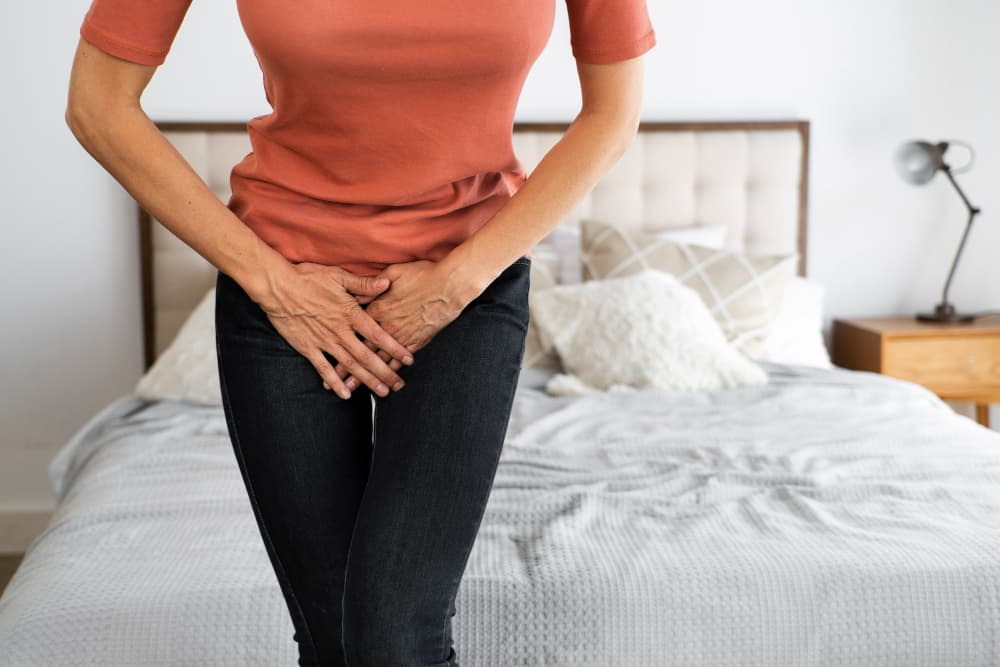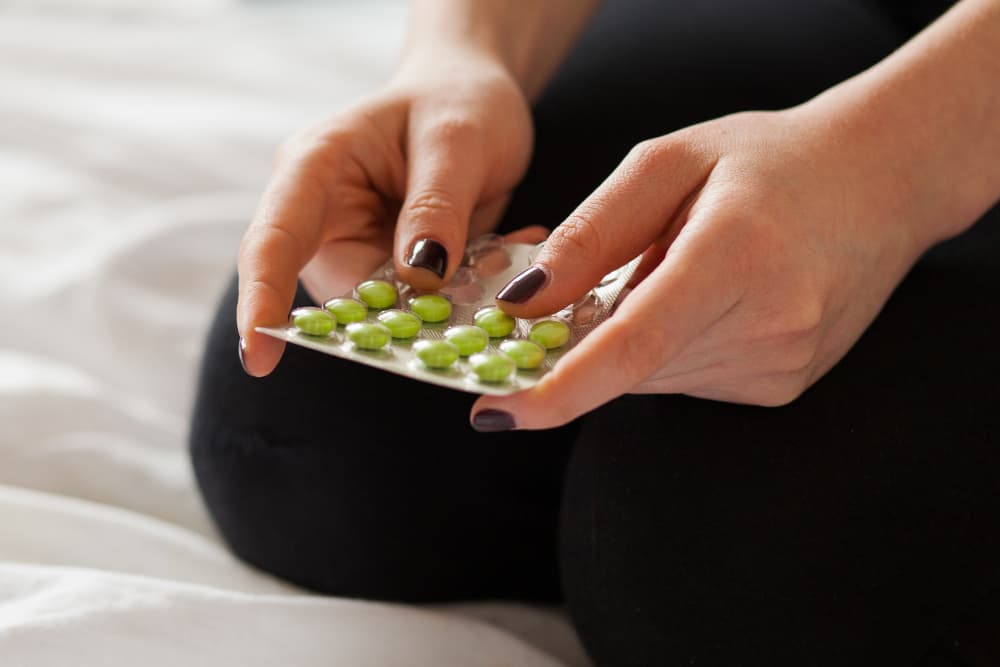Postpartum recovery can be brutal, both mentally and physically. Your body has gone through an unparalleled experience, and you’ll need time to fully bounce back from it – while simultaneously taking care of a demanding newborn.
Fortunately, there are some strategies that can help you facilitate asmoother, faster postpartum recovery, expediting your return to a normal life and improving your wellbeing in the meantime.
Talk to Your Doctor
One of the most important things you can do is talk regularly with your doctor. After delivery, you’ll likely be encouraged to schedule multiple follow up appointments with your doctor, and they’ll have some instructions for you to follow. Your doctor and your team of healthcare providers are authorities that you can trust – and you should follow their advice very closely. Every woman’s experience is different, so it’s important to have guidance from experienced professionals throughout your journey.

Depending on what you’re experiencing and when you experience it, your team of providers may have specific recommendations for your postpartum recovery. For example, they may recommend physical therapy to relieve your pelvic pain, talk therapy to address some of your depressive symptoms, or specific medications and products to deal with other types of pain.
What to Expect During Postpartum Recovery
During your postpartum recovery, you can expect symptoms like the following:
Abdominal Pain and General Soreness
Your abdomen just went through some dramatic transformations. It’s only natural that you’ll experience some abdominal pain.

You may also feel sore in other areas of your body like your joints or lower back. Soreness in the nipples and breasts is also common, especially if you’re breastfeeding.
Sadness and Mood Changes
It’s normal to experience sadness or extreme mood changes after giving birth. You may feel worse if you experience these moods while thinking that you’re “supposed” to feel happy.
Hormonal Changes
Hormonal changes are also common, resulting in symptoms like excessive sweating and temporary hair loss.
Vaginal Bleeding and Discharge
Most mothers who have had a vaginal delivery experience vaginal bleeding and discharge after delivery, often for four to six weeks, but sometimes longer.

Of course, it’s important to mention that every person is unique. You may experience all of these symptoms or none of them, and some of these symptoms may present as mild, severe, or something in between. Every body will react differently.
How to Facilitate a Smoother Postpartum Recovery
What steps can you take to facilitate a smoother postpartum recovery?
Go easy on yourself.
First, go easy on yourself. You just gave birth. Avoid physically straining yourself, be kind to yourself when practicing self-talk, and don’t be afraid to lean on other people for help. It’s good to challenge and motivate yourself, but only within reason; don’t beat yourself up for having limitations during this time.
Keep taking prenatal vitamins.
It’s a good idea to keep taking your prenatal vitamins. As long as you follow the intake recommendations, it’s not going to hurt you, and it could help you feel better and recover faster.

Prenatal vitamins are packed with essential vitamins and minerals that are important not only for fetal development, but also for maintaining essential bodily functions.
See a pelvic floor physical therapist.
For many women, the best course of action is going to physical therapy. Pelvic floor physical therapists can properly identify your pain points, educate you about the mechanics of your body, and help you overcome issues like chronic pelvic pain that may arise after delivery. With their expert knowledge, education, and guidance, you can eventually regain strength, mitigate issues, and feel like you’re back to your old self.
Practice core exercises.
It’s also a good idea to practice core exercises, provided you’ve cleared this with your doctor. Pregnancy and delivery have a way of wrecking your abdomen, so it’s important to take time to work those muscles, stimulate blood flow, and promote healing.

Simple, non-strenuous abdominal exercises can help you recover faster and feel better physically.
Reach out to others for support.
Finally, reach out to other people for support. Your spouse, your family members, and your friends are all there to support you – but they may need a bit of direction to understand how. Don’t be afraid to ask for help, and be open about what you’re experiencing (even if it’s negative).
Postpartum recovery can be rough for many women, but it doesn’t have to be totally incapacitating, and it’s not going to be permanent. With these strategies and techniques, your postpartum recovery should be much smoother and faster – not to mention more pleasant. Incorporate them to whatever extent you can.








Reply